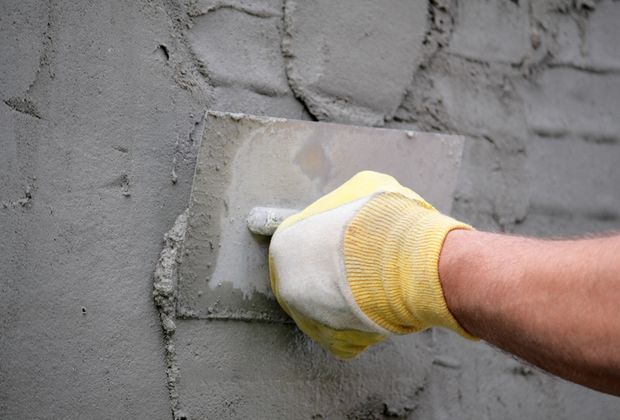What is Plaster ?
Plaster is a building material used for coating walls and ceilings. Plaster starts as a dry powder similar to mortar or cement and like those materials it is mixed with water to form a paste which liberates heat and then hardens.
Purpose of Plastering
- Resistant to impacts expected in use.
- Free of irregularities.
- Consistent in texture and finish.
Plastering Materials
1. Admixtures
Plasticizers or workability agents: Do not use in cement plasters.
The use of admixtures should not be permitted unless there is confidence that there will be an improved outcome. Their use in lieu of suitable sands should be resisted unless no reasonable alternative is available.
2. Aggregates
Sand: It must be fine and well graded with low or no clay content and free from efflorescing salts.
3. Cement
Standard: AS 3972. Type: GP.
Type GP is general purpose cement. Other types are defined in the standard and there is a separate standard for masonry cement which contains plasticizers and other additives. The mixes specified here are for Portland cement Type GP. Do not permit the substitution of masonry cement for general purpose cement or of plasticizers for lime without full.
4. Coloring products
Coloring pigments should be added for about 5% by weight of cement.
Methods for Plastering
Lime Plastering
Lime has been used as a building material for centuries. As lime posses many unique properties that make it as relevant and beautiful a material as it ever was. Ornate Interiors are highly skilled in this ancient technique, and can apply lime plaster either directly onto brick or masonry on the hard or onto wooden laths.
The Wooden laths, 1¼ wide x ¼” thick (usually oak, chestnut or Scots pine) can be either sawn or riven (i.e. traditionally hand-made) and are thoroughly dampened before plastering. If mortar is applied to dry laths they are likely to swell, causing them to bow either inwards or outwards.
Lime Plaster is applied in three coats, starting with a scratch coat that is a coarse combination of products mixed with animal hair. The rough surface is keyed to create good adhesion for the subsequent layer. Then a straightening coat is applied to even out the surface, building up to the finishing coat, producing a fine smooth finish.
Solid Plastering
Application of solid plaster to brick, block and cement substrates or to solid plasterboard is within our skills base. We use contemporary or traditional plastering materials, giving extra attention to angles, reveals and openings for a superb finish. Solid plastering on exteriors is common, as a form of rendering or on building facades. Colored render can be used to reduce decorating costs.
Defects in Plastering
- Cracks: Cracks appear on the plastered surface in the form of thin lines or wider cracks. They are due to shrinkage of thick plaster or due to poor workmanship. Cracks can be prevented by proper curing and by keeping thickness of plaster as uniform.
- Efflorescence: Due to soluble salts present in the brick or mortar. This defect can be avoided by washing the surface with zinc sulphate solution and water.
- Falling out of plaster: It is due to inadequate water bondage, water absorption by the dry wall. To avoid this defect the joint should be properly cleaned and surface of the wall should be properly watered before plastering. Minimum 10 days curing should be done for the plastered surface.
Also Read – BRICKWORK CHECK LIST

